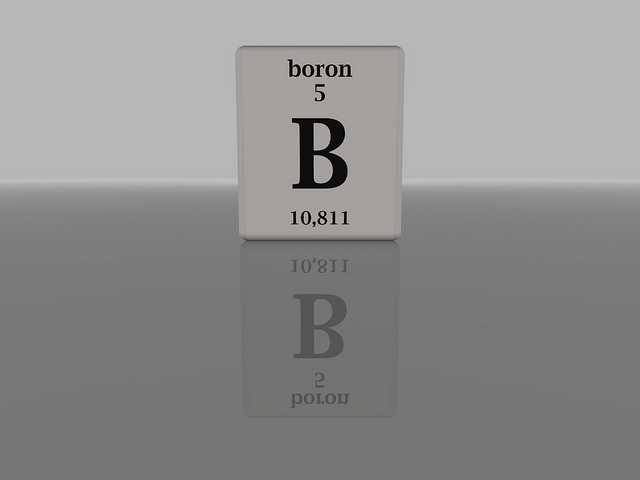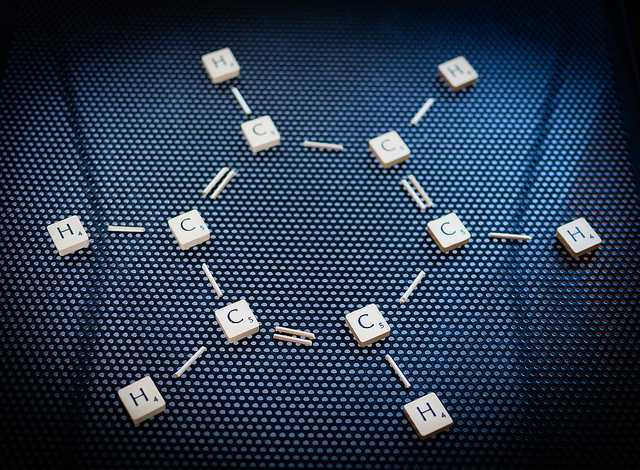
Photo by fdecomite
Boron was discovered by Sir Humphry Davy, an English chemist, and independently by Louis-Jaques Thénard and Joseph-Louis Gay-Lussac, French chemists, in 1808. All of them isolated this element by combining boric acid with potassium. Today, this element is obtained by heating borax with carbon. However, other methods are used if high-purity boron is required.
Boron is found in deposits in the planet’s crust at a concentration of about 0.001%. The element is not obtained in its elemental state, but rather in the form of its compounds. In medicine, boron is usually most commonly found in the form of sodium borate and boric acid. In addition, environmental boron is absorbed by plants in trace amounts. In this article, we will discuss all the great uses of this element.
Common uses
Boron has been used as a neutron absorber in nuclear chemistry. This element has also been added to other metals in order to form harder alloys. As we already said, boron is used in medicine and can be commonly found in the form of boric acid, which is used as an anti-infective and a topical astringent, and as an ophthalmologic irrigant. Sodium borate is bacteriostatic and often added to eyewashes, cold creams, and mouth rinses. A number of over-the-counter supplements, which contain boron compounds, are purported to enhance mental power. According to studies, there is a correlation between a decrease in mental alertness and a low-boron diet.
However, there is no evidence that diet supplementations of boron compounds can enhance mental acuity or improve alertness, above the levels derived from a normal balanced diet. When sprinkled in corners and crevices, boric acid powder controls insects and rodents. Furthermore, boron compounds are also used to enhance the cell selectivity of radiation therapy. This element is used in pyrotechnics and flares in order to produce a green color. In addition, boron has also been used as an ignition source in some rockets. One of the naturally occurring isotopes of boron, boron-10, is a great absorber of neutrons and is used in the control rods of nuclear reactors, as a neutron detector and as a radiation shield.
Because of their lightweight and high-strength, boron filaments are used in the aerospace industry. There are a few commercially important compounds that are formed by boron. Sodium borate pentahydrate is the most important boron compound. Large amounts of sodium borate pentahydrate are used in the manufacture of sodium perborate bleach and fiberglass insulation. Boric acid is the second most important compound, which is used in cellulose insulation as a flame retardant and is used to manufacture textile fiberglass. The third most important boron compound is sodium borate decahydrate, which is better known as borax.
It is used as a mild antiseptic and in laundry products. Sodium borate decahydrate is also an important ingredient in a substance known as Oobleck. Other boron compounds are used to make enamels for covering steel, borosilicate glasses, and as a potential medicine for treating arthritis.



